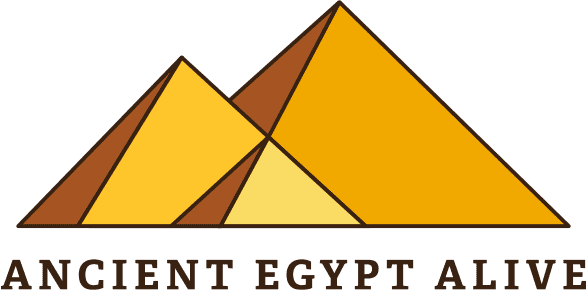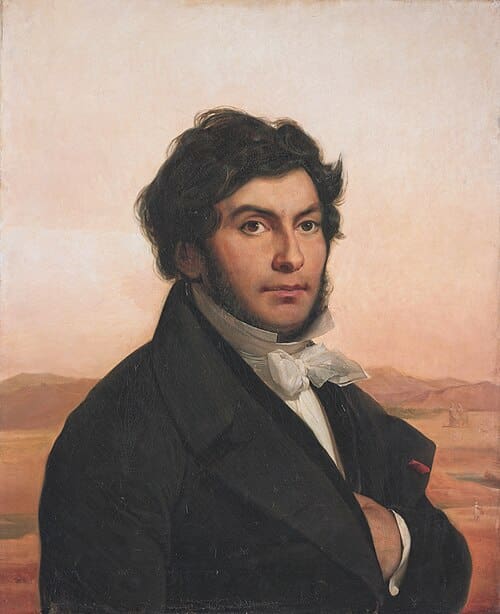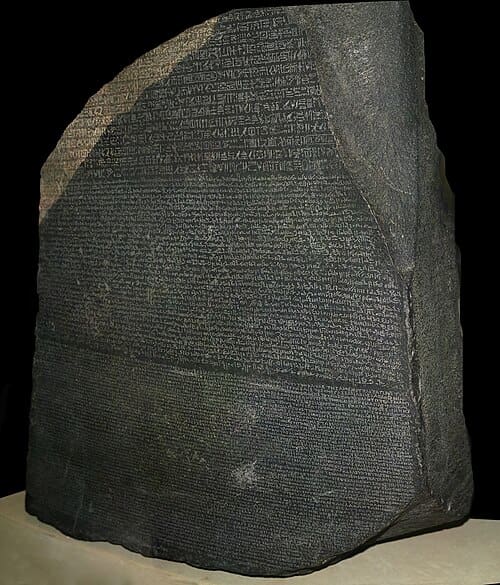In September 1822, something extraordinary happened. A young French scholar named Jean-François Champollion burst into his brother’s office in Paris, exclaimed, “Je tiens mon affaire!” (I’ve got it), and promptly fainted from the shock. He wouldn’t fully recover for five days.
What had he done? After decades of scholarly struggle, Champollion had finally cracked the code of Egyptian hieroglyphs, a language that had remained silent for nearly 1,400 years. His achievement ushered in the birth of modern Egyptology.
The Breakthrough That Spoke for the Ancients
Champollion’s decipherment was more than a scholarly win. It brought a lost civilization roaring back to life. Temple walls, tombs, and ancient papyri, once silent, could finally speak again.
But this was not an isolated moment of genius. It was the result of over 20 years of intense study, academic rivalries, and collaboration. And at the center of it all stood the Rosetta Stone, a modest-looking slab of dark stone that captivated Europe’s greatest minds.
The Discovery That Changed Everything
The Rosetta Stone was uncovered on July 15, 1799, by French soldiers rebuilding a fort near the town of Rosetta, now Rashid. Embedded in a wall, the slab bore an inscription in three scripts: hieroglyphic, demotic, and ancient Greek.
Though the British took possession of the stone in 1801 and brought it to the British Museum, the French had already made casts and rubbings, allowing scholars across Europe to examine it closely.
The inscription? A decree issued in 196 BCE to honor King Ptolemy V. Dozens of such decrees were made, but this one was special because it repeated the same text in three scripts. That gave scholars a real chance to unlock the ancient language.
What the Stone Revealed
The Greek section, the only one readable at the time, covered 53 lines. The demotic text included 32 lines, and the hieroglyphic portion, although damaged, preserved 14 essential lines. These fragments became the foundation for all serious attempts to decode the mysterious symbols of ancient Egypt.
The Scholars Who Contributed
Champollion was not alone in this race. Many brilliant minds helped prepare the ground.
Johan David Åkerblad, a Swedish diplomat and linguist, worked under de Sacy and managed to identify proper names and create a partial demotic alphabet. Many of his guesses proved correct.
Silvestre de Sacy, one of France’s leading linguists, taught both Åkerblad and Champollion. He made some initial progress with demotic but later clashed with Champollion over credit.
Thomas Young, a British polymath, was the first to publish a partially correct translation of the Rosetta Stone. He identified several names and phonetic values. Although Champollion built on his work, he gave Young little recognition.
William John Bankes, an English collector and adventurer, brought home a bilingual obelisk from the temple of Philae. Its inscriptions, including the name Cleopatra, provided crucial context for Champollion’s decoding efforts.
The Genius of Champollion
Champollion, the son of a poor bookseller, had an unmatched gift for languages. By his teens, he had mastered Latin, Greek, Hebrew, and Coptic—the final form of the ancient Egyptian tongue.
His knowledge of Coptic was the key. By comparing hieroglyphs with their Greek equivalents and Coptic roots, he realized that the symbols were not purely symbolic, but phonetic as well. In September 1822, he presented his findings to the Académie des Inscriptions et Belles Lettres. His letter, Lettre à M. Dacier, became a landmark publication in the history of Egyptology.
Although Champollion died of a stroke in 1832 at the age of 41, his work opened the door to modern Egyptology.
The Legacy in 2025
More than 200 years later, Champollion’s decipherment remains the foundation of Egyptology. Thanks to his work and the scholars who came before him, we can read religious texts, tomb biographies, and administrative records carved thousands of years ago.
This breakthrough reshaped our understanding of one of the world’s greatest civilizations. In fact, the 1822 decipherment set the stage for future discoveries, including Howard Carter’s momentous unearthing of Tutankhamun’s tomb exactly 100 years later.
Learn to Read Ancient Hieroglyphs Yourself
The story of how Champollion and others cracked the ancient Egyptian code is truly thrilling — but here’s the best part: now it’s your turn to join the ranks of modern-day codebreakers.
It’s one thing to read about Champollion’s incredible achievement — but nothing compares to cracking the code yourself.
That’s why I’m inviting you to join me for a special online course I’m teaching this June:
Hieroglyphs Decoded: Read and Write like a Pharaoh
Over the course of three lively and accessible classes, I’ll guide you through the essentials of ancient Egyptian hieroglyphs — from reading royal names to writing your own.
Tuesdays: June 3, 10 & 17, 2025
4:00 PM – 5:30 PM EDT
Live online + full replay and materials included





